Nepal, a small and poor country sandwiched between two super states of India and China, is for some time in constant focus of the international media. Great powers ranging from the United States, the European Union and neighbouring India and China are seen expressing serious concerns at the developments inside this so far generally neglected country. What is the reason? At a time when people thought the era of communist revolution was over after the collapse of the Soviet Union and its East European satellites, a powerful Marxist-Leninist-Maoist movement has broken out since 1996 in this tiny Himalayan country. A small rebellion thought to have been initiated by a radical faction of the Communist Party of Nepal (CPN), christened as CPN (Maoist), has now engulfed the whole country and serious strategic observers are predicting that the rebellion might usher in the first revolutionary state of the twenty-first century. What is the objective and subjective basis of this epochal upheaval? Here is a book which probes from a historico-materialist perspective and substantiates with a load of statistical data why the country of Nepal caught in the quagmire of underdevelopment generated by the interplay of a set of endogenous and exogenous factors, needs a revolutionary repture from the past if it is to traverse the course of rapid progress and development in the twenty-first century. The book, The Nature of Underdevelopment and Regional Structure of Nepal: A Marxist Analysis, written by Dr. Baburam Bhattarai, one of the foremost intellectual personality of Nepal and a leading figure in the ongoing revolutionary movement in the country, should be a treasure to all academics, policy makers and general readers who are eager to know the inside story of the movement in Nepal from the most authentic and authoritative source. A brief “Foreword†from Com. Prachanda, Chairman of CPN (Maoist) and Supreme Commander of the movement, provides added authority to the greater significance of the book. Perhaps a first and complete Marxist interpretation of the Nepalese history and economy, accompanied by a wideranging survey of Marxist theory of development/underdevelopment and spatial articulation, the book should be a welcome addition to the literature of Marxist political economy.
The Nature of Underdevelopment and Regional Structure of Nepal: A Marxist Analysis
Add to favorites
Contents
$34.20
$38.00
In stock
Free & Quick Delivery Worldwide
All orders amounting to US$ 50 or more qualify for Free Delivery Worldwide. For orders less than US$ 50, we offer Standard Delivery at $14 per book.
ABOUT THE AUTHOR Baburam Bhattarai
Dr. Baburam Bhattarai is a well-known revolutionary intellectual and political leader of Nepal. He is currently a senior Standing Committee Member of the Politbureau of Communist Party of Nepal (Maoist), which is spearheading the revolutionary People’s War in the country. He is also the Convenor of United Revolutionary People’s Council, an embryonic Central People’s Government Organising Committee under the leadership of the Party. He was appointed Convenor of the 5-member Negotiation Committee of the Party scheduled to negotiate with the state in January 2003. Born in a middle peasant family in the historic Gorkha district in 1954, he first came to the national limelight when he stood first class first in the countrywide School Leaving Certificate examinations in 1970. He repeated the feat in the Intermediate Science examinations in 1972. He then completed Bachelors in Architecture (Hons.) from Chandigarh (India) under the Colombo Plan Scholarship in 1977. This was followed by Masters in Town and Country Planning (Hons.) from School of Planning and Architecture, New Delhi in 1979. He obtained Doctor of Philosophy from Jawaharlal Nehru University, New Delhi in 1986. He started his political journey as the founding President of All India Nepalese Student’s Association in 1977 and was soon drawn to the communist movement. He became member of the then banned Communist Party of Nepal in 1980. He was Central Spokesman of the United National People’s Movement, the radical wing of the people’s movement in 1990. After the restoration of multi-party system in 1990 he was the Chairman of United Peoples’ Front, the open arm of the then CPN (Unity Centre) and later the CPN (Maoist). After the initiation of the PW in 1996, he has been leading an underground revolutionary life. He is a regular contributor of articles (both in Nepali and English) in reputed national and international newspapers and journals. He has a number of publications to his credit, including Nepal: A Marxist View (1990), Politico-Economic Rationale of People’s War in Nepal (1998) and Rajnaitik Arthashastrako Ankhijhyalbata (From the Keyhole of Political Economy) (in Nepal), (1999). He is married to Hisila Yami (Com. Parvati) who is an Architect by training and a well-known revolutionary women’s leader in her own right. They have a daughter, Manushi, 17 years.
reviews
0 in total
Review by Anonymous
Be the first to review “The Nature of Underdevelopment and Regional Structure of Nepal: A Marxist Analysis” Cancel reply
You must be logged in to post a review.
Bibliographic information
Title
The Nature of Underdevelopment and Regional Structure of Nepal: A Marxist Analysis
Author
Edition
1st ed.
Publisher
ISBN
9788187392392
Length
xx+540p., Maps; Tables; Appendices; Bibliography; Index; 25cm
Subjects

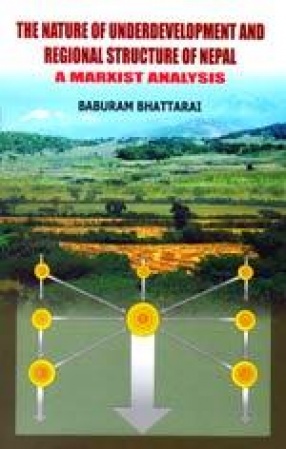
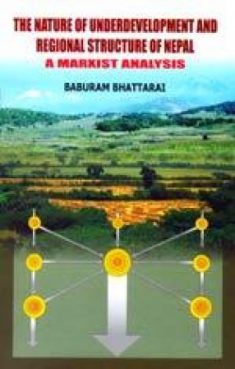
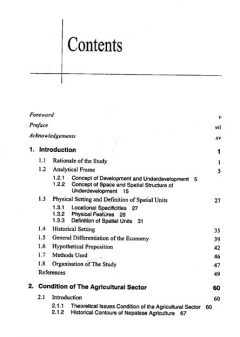
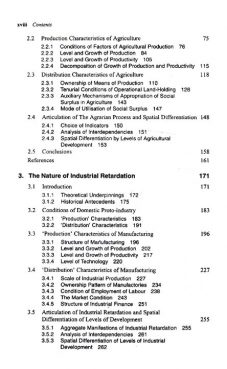

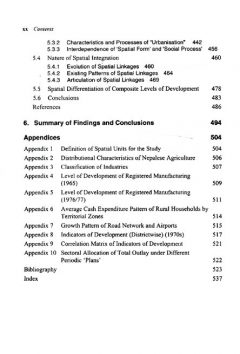
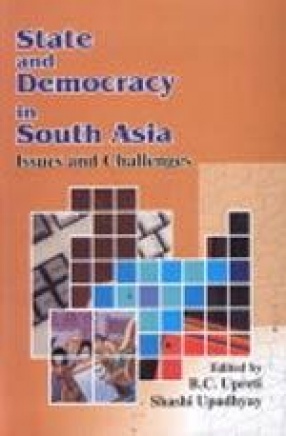


There are no reviews yet.